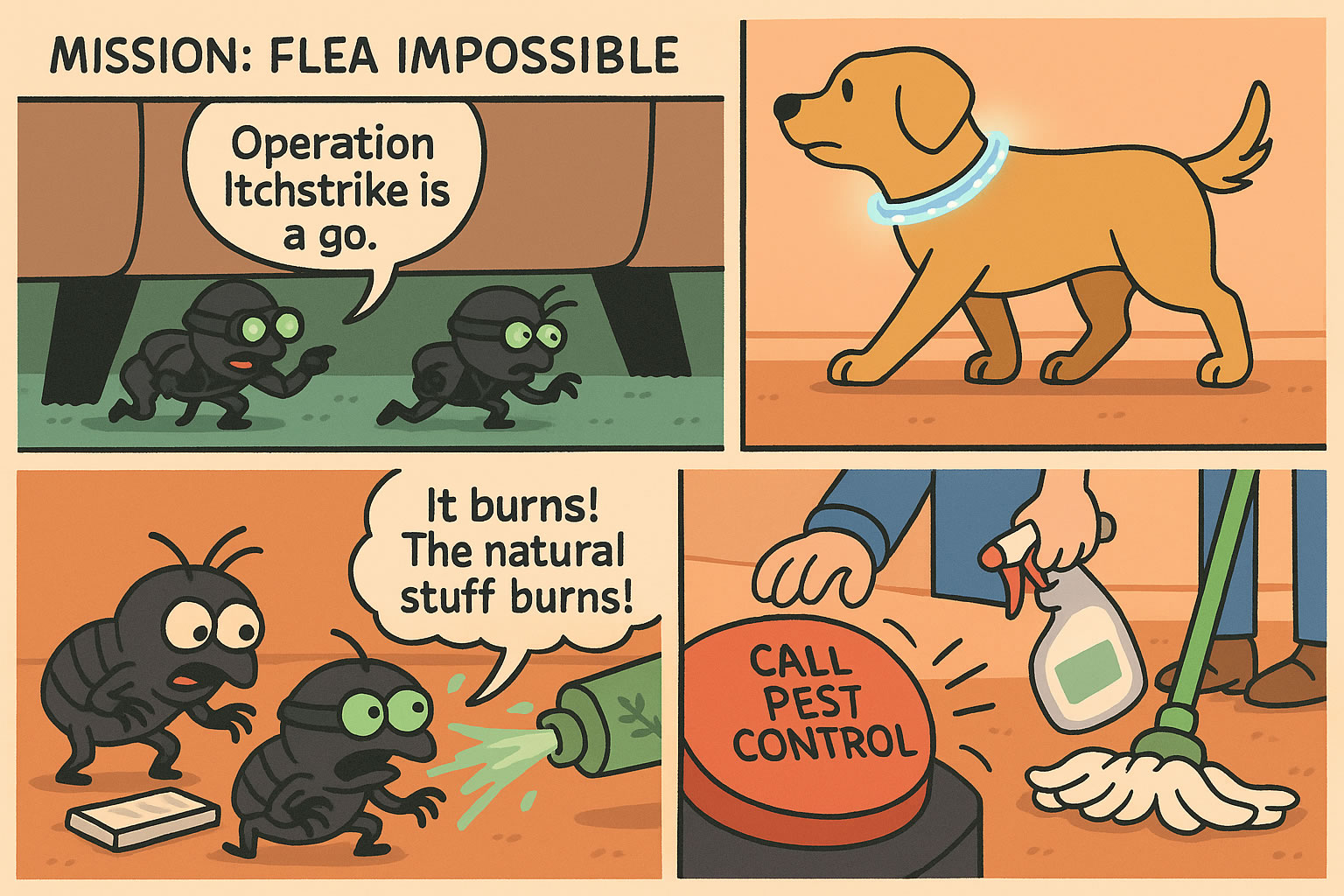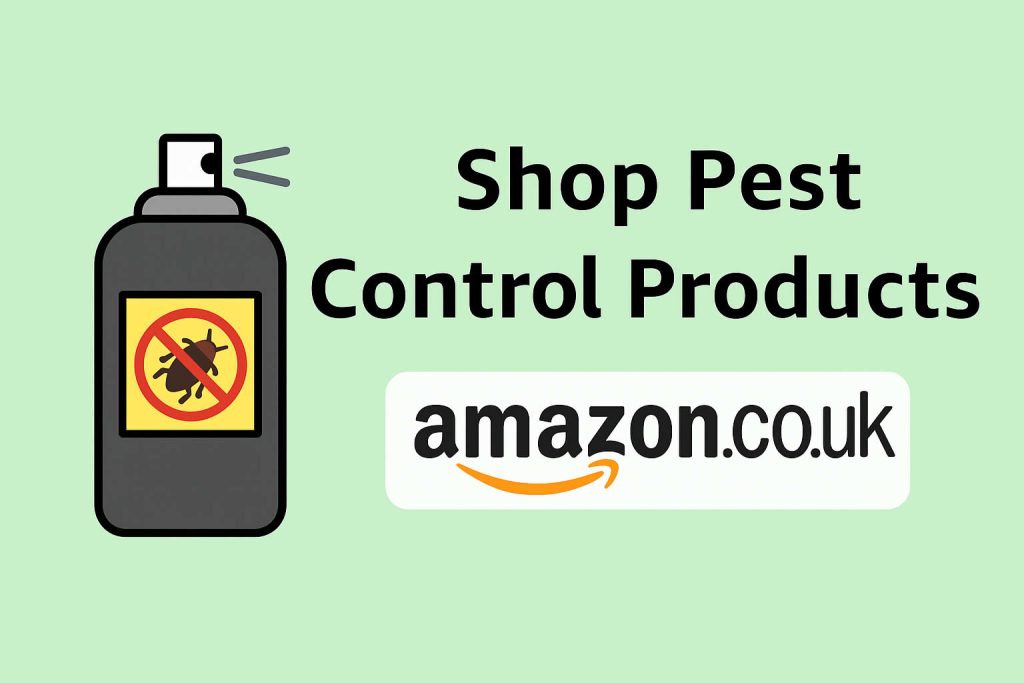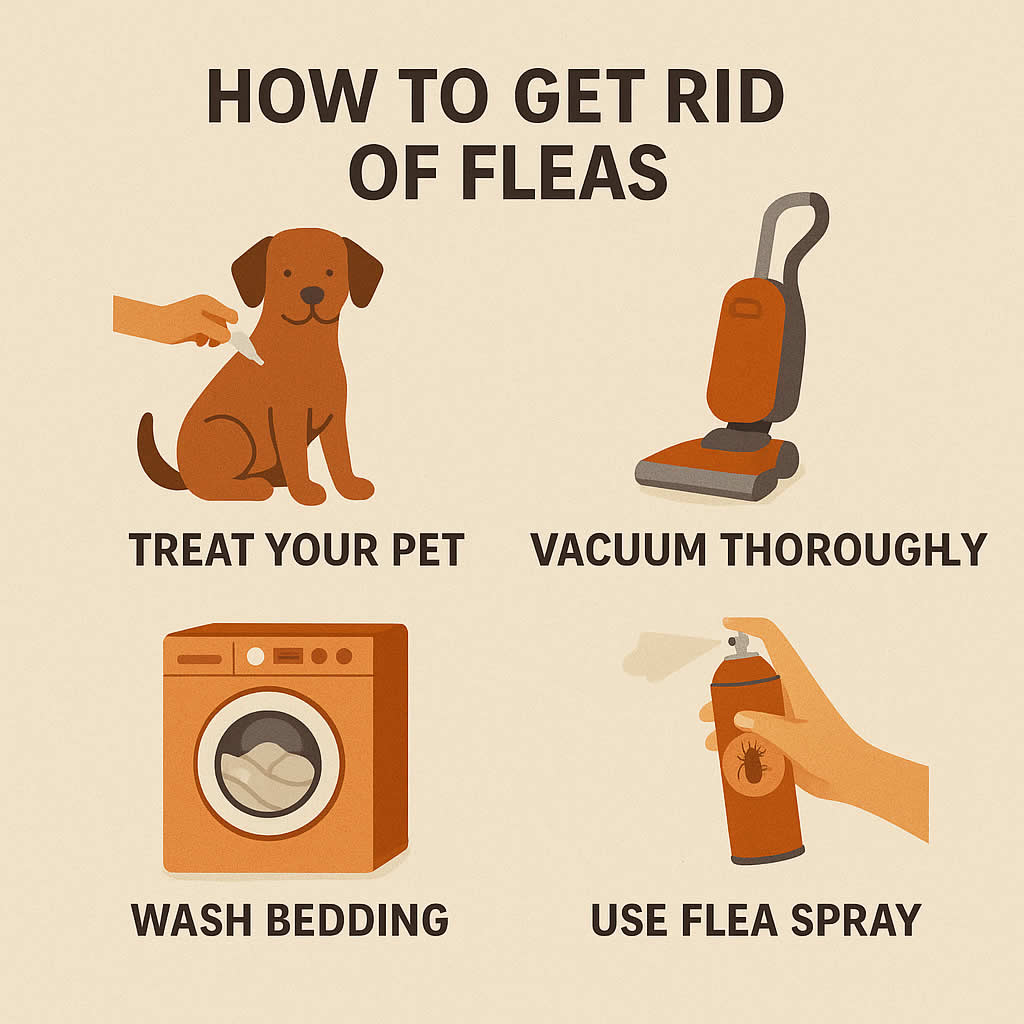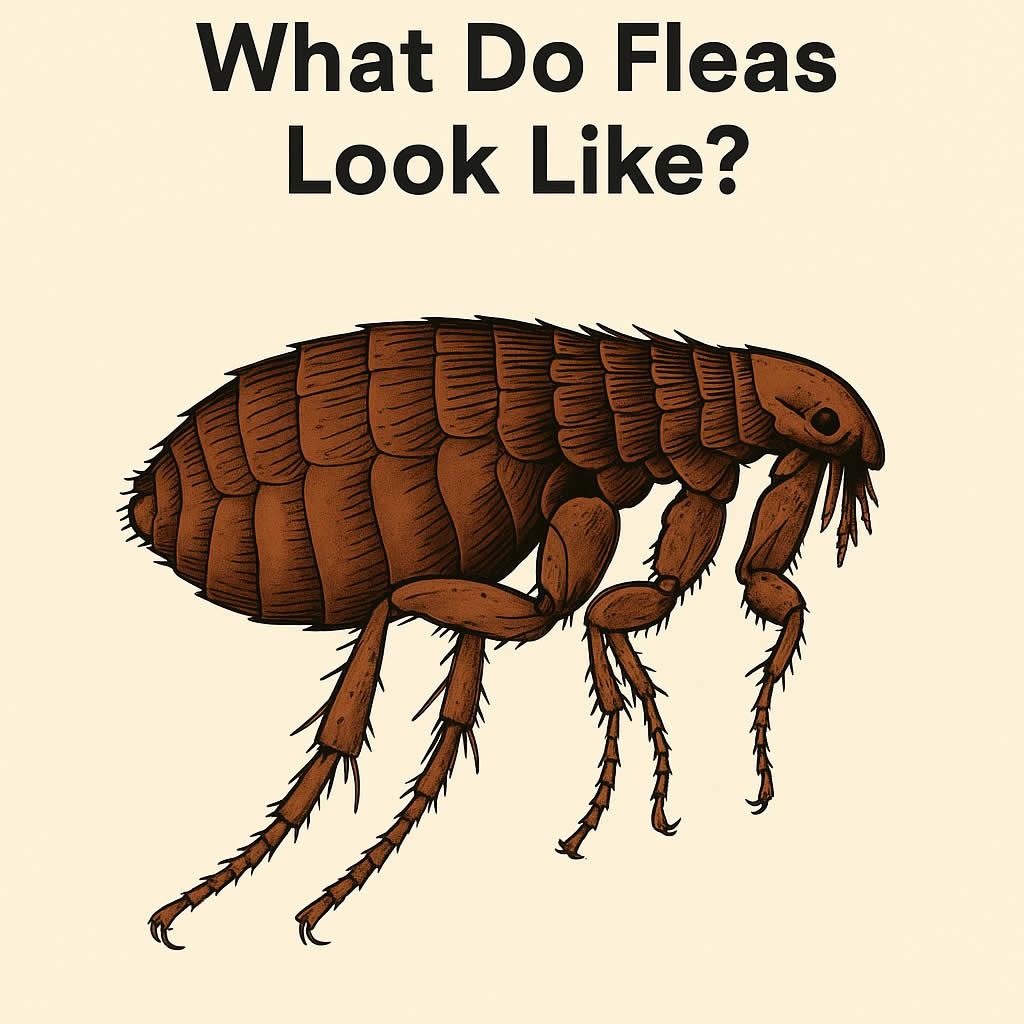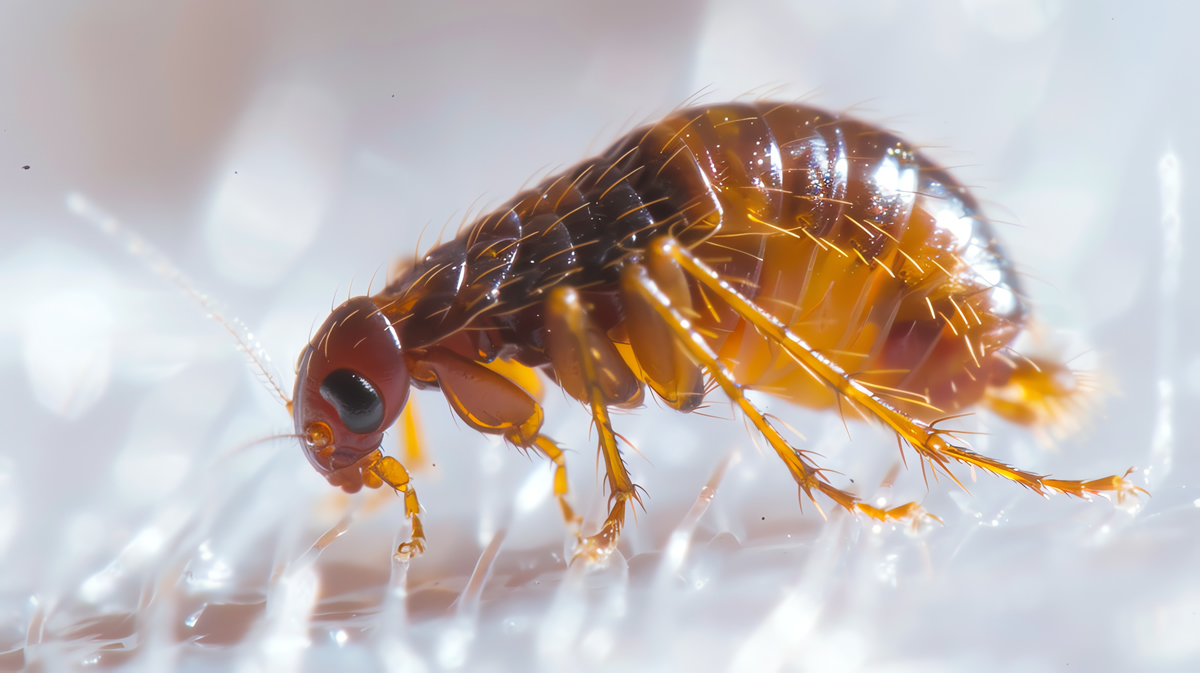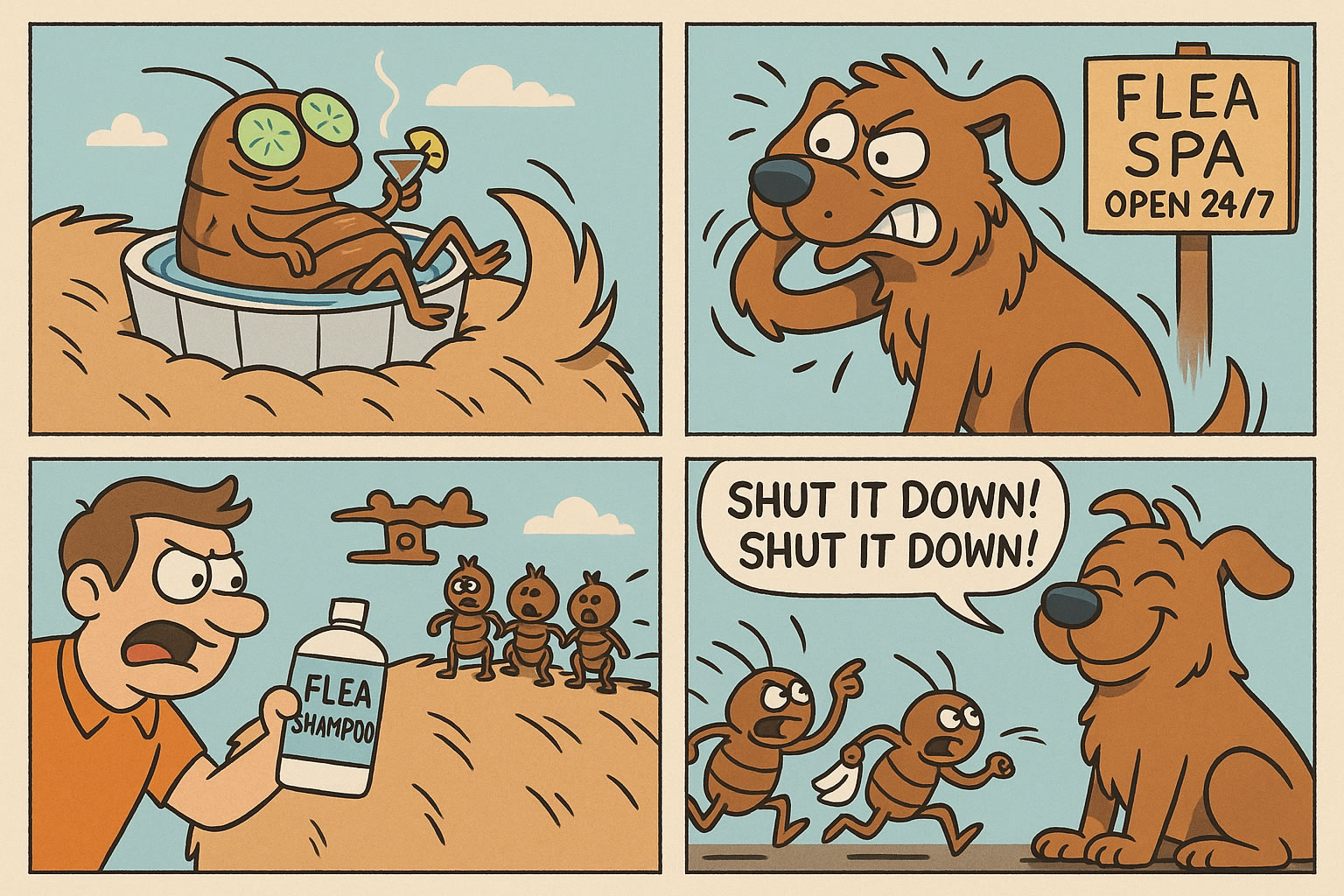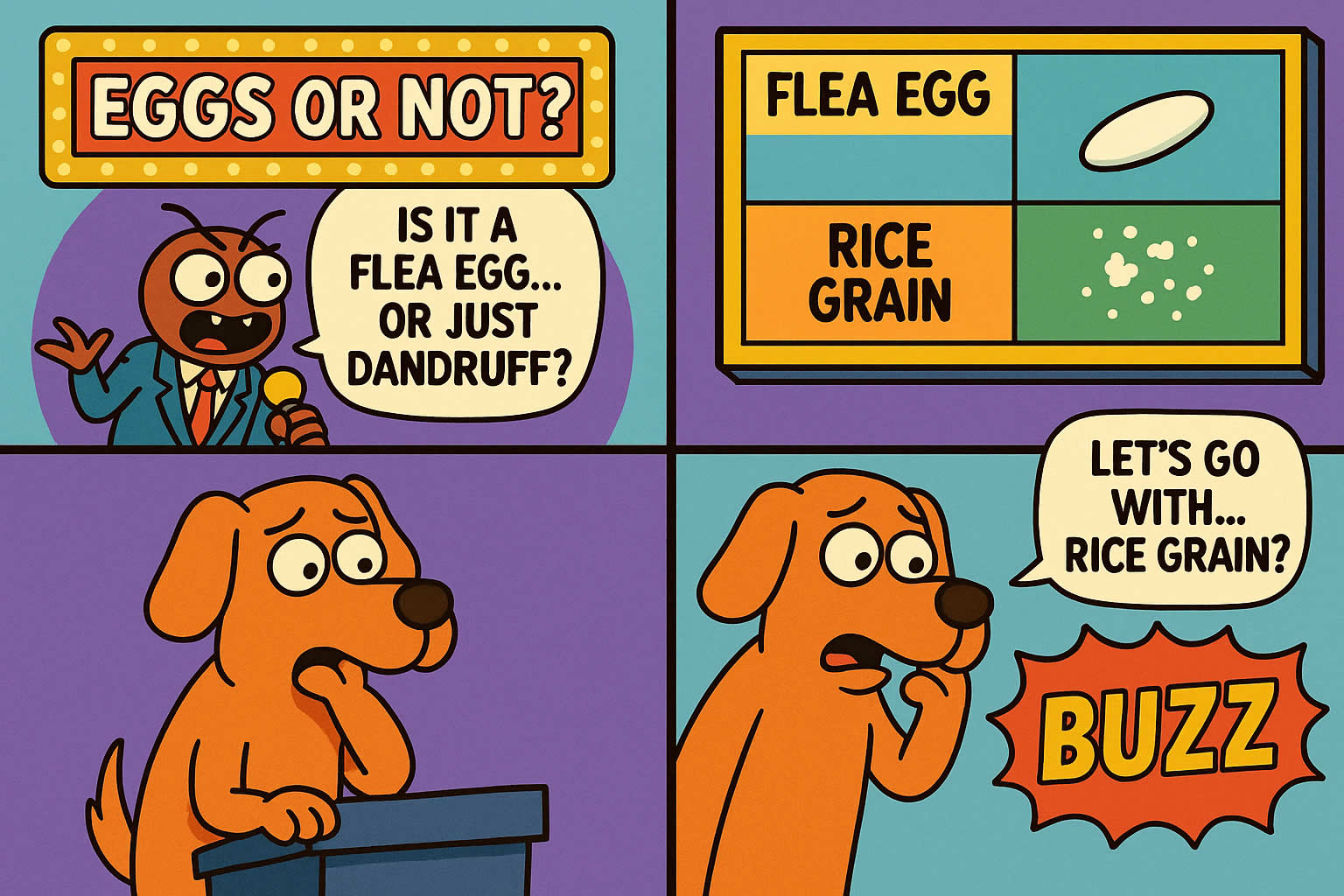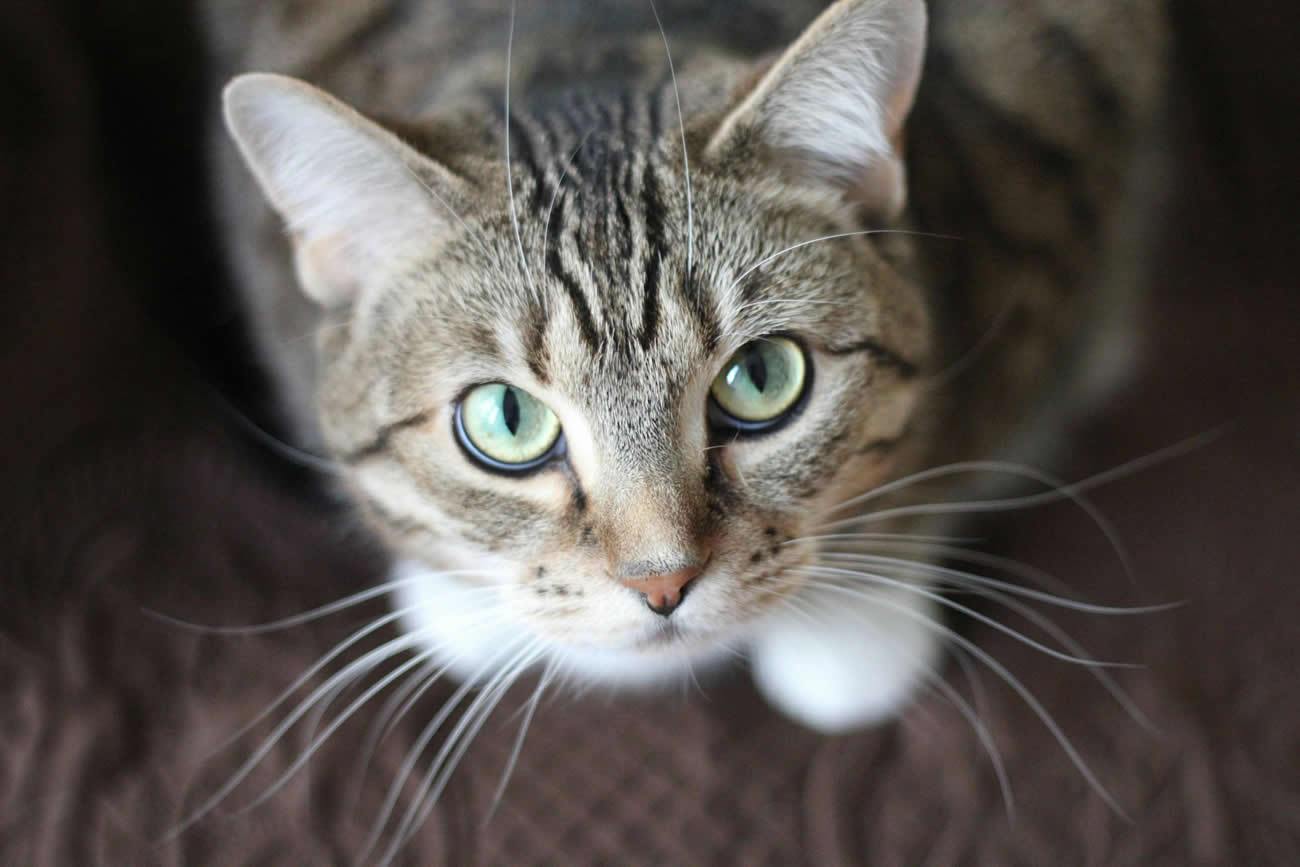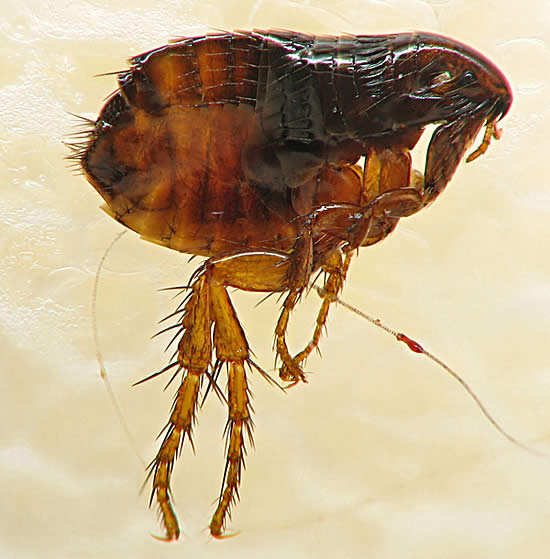Related Queries
ToggleFleas can turn your home upside down in no time. You might not even notice them at first. Maybe it starts with your pet scratching more than usual. Or you catch a glimpse of something tiny hopping past your ankle. And before you know it, they’ve spread—fast.
If you’re here, you’re probably already feeling fed up. The bites. The itching. The stress. You want to get your home back, and you want a clear plan to make it happen. This guide walks you through how to get rid of fleas in your house completely. Not just killing the adult fleas, but stopping the eggs and larvae too—so they don’t come back.
Let’s take it step by step.
How do you know if you have fleas in your home?
Before you can treat the problem, you’ve got to be sure fleas are the cause. Fleas are tiny and move quickly, so they can be tricky to spot. But there are a few signs that can help you figure it out.
- Your pet scratches a lot, especially around the neck, tail, or belly
- You notice small, dark brown specks in their fur (these are flea droppings)
- You see small red bites around your ankles or lower legs
- You spot something jumping on your carpet, sofa, or bed
If you’re still unsure, try the white sock test. Walk around your carpeted areas wearing white socks. Fleas are drawn to movement and heat, so if they’re there, you might find them clinging to your socks. It’s a simple way to confirm a flea presence.
Where are fleas hiding in your house?
Fleas don’t just live on pets. That’s the mistake many people make. Adult fleas feed on blood, but their eggs, larvae, and pupae end up all over your home. These life stages get right into your:
- Carpets and rugs
- Pet bedding
- Sofas, cushions, and upholstery
- Cracks between floorboards
- Behind and under furniture
You might clear the fleas off your pet, but if you don’t deal with the rest of the house, they’ll just keep coming back. That’s why a full home treatment is so important.
What kills fleas instantly in the house?
If you need quick results, you’ll want to use something that kills adult fleas straight away. You’ve got a few strong options here.
- Flea spray for the home – Look for a spray that contains both an insecticide and an insect growth regulator (IGR). The insecticide kills adult fleas on contact. The IGR stops eggs and larvae from turning into biting adults.
- Foggers or flea bombs – These are good if the infestation is bad, but they’re not always enough on their own. They might not reach under furniture or into deep carpet fibres. You’ll often need to combine them with direct sprays.
- Vacuuming thoroughly – It won’t kill fleas outright, but it’ll suck up adults, eggs, larvae, and even pupae. Go over your carpets, rugs, furniture, skirting boards, and pet areas daily while treating your home. Empty the vacuum straight away—outside—and seal the bag.
How do you break the flea life cycle?
This bit matters most. If you only focus on adult fleas, you’ll never fully solve the problem. Fleas go through four life stages: egg, larva, pupa, adult. The pupal stage is the toughest. They sit hidden in your carpet or furniture and can survive for weeks or even months.
So your goal has to be breaking that cycle.
- Treat your pets and your home on the same day – That way, you’re not chasing fleas back and forth
- Use products with IGRs – These chemicals stop the development of eggs and larvae
- Repeat treatment after 2–3 weeks – Not everything dies at once. A follow-up knocks out any late bloomers
It’s not about one big clean. It’s about consistency. Regular treatment and cleaning for a few weeks will stop the cycle completely.
How should you clean your house during a flea infestation?
Cleaning plays a huge role in getting rid of fleas. You don’t need expensive tools—just time, effort, and a bit of focus.
- Vacuum everything, every day – That includes rugs, mats, carpets, sofas, chairs, and even your bed. Get right into the corners and edges. If you can, use a vacuum with a HEPA filter. Fleas can survive inside the vacuum, so always empty it outside.
- Wash bedding at high heat – That goes for both yours and your pet’s. Fleas and their eggs can’t survive heat above 60°C. If you can’t wash an item, seal it in a black bag and leave it in the sun for a few days.
- Steam clean carpets and upholstery – Steam gets deep into fibres and kills fleas at all stages. It’s one of the most effective natural ways to treat a home.
- Declutter your floors – Fleas love dark, sheltered spots. If your floors are covered with clothes, shoes, or boxes, you’re giving them places to hide.
- Don’t forget under furniture – Fleas often crawl under beds, sofas, and wardrobes. You need to clean every inch.
How should you treat your pets for fleas?
Your pets are the source of food for adult fleas. If you don’t treat them at the same time as your home, the problem will just keep going.
- Use a vet-recommended flea treatment like a spot-on, tablet, or collar. Make sure it’s suitable for their age and weight.
- Wash their bedding at 60°C or higher.
- Use a flea comb daily to catch any survivors.
- Keep up with monthly flea prevention. Even after the infestation is gone, regular treatment stops it from coming back.
If you’re unsure which product to use, speak to your vet. They’ll know what works best for your pet’s needs and your local area.
Can fleas live on humans?
Fleas don’t live on humans, but they will bite you. They’re drawn to warmth, carbon dioxide, and movement. That’s why ankles and lower legs are common targets—especially if you’ve got carpets.
The good news is that they can’t live or breed on human skin. So once you get rid of them from your pet and home, they’ll stop biting you too.
How long does it take to get rid of fleas completely?
This depends on how bad the infestation is. If you act quickly, you can get it under control in a couple of weeks. But if fleas have been breeding in your home for months, it might take longer.
Here’s a rough idea:
- Mild infestations – 1 to 2 weeks with daily cleaning and treatment
- Moderate infestations – 3 to 4 weeks, including follow-up sprays
- Severe infestations – 6+ weeks with professional help possibly needed
You’ve got to be patient and thorough. Even if you stop seeing fleas, keep up with vacuuming and treatments for a couple more weeks. That’s the only way to make sure nothing’s hiding or waiting to hatch.
Should you use natural flea remedies?
Some people want to avoid chemicals and look for natural solutions. Things like:
- Diatomaceous earth
- Vinegar sprays
- Essential oils (like lavender or peppermint)
- Salt and baking soda on carpets
These can help, but they’re usually better for prevention or very light infestations. On their own, they won’t stop a full-blown flea problem. If you use them, make sure they’re safe for pets. Some essential oils can be toxic to cats and dogs.
When should you call a professional?
If you’ve tried everything and fleas are still around, it might be time to call in pest control. A professional has access to stronger treatments and knows how to target all stages of the flea life cycle. It’s worth it if:
- You’ve had fleas for over a month
- DIY treatments haven’t worked
- You’re dealing with a very large infestation
- You don’t have time to keep cleaning every day
Sometimes, a one-off professional treatment can clear the issue much faster than weeks of home remedies.
How do you stop fleas from coming back?
Once you’ve cleared your home, you’ll want to keep it that way. Here’s how to stop fleas returning:
- Stick to regular flea treatment for pets (monthly spot-ons or collars)
- Vacuum weekly, even when there’s no sign of fleas
- Wash pet bedding often
- Avoid letting pets mix with animals that might have fleas
- Be quick to act if you see any sign of fleas again
Prevention is easier than another full infestation. Keep up with a basic routine, and you won’t need to go through this again.
Final thoughts
Getting rid of fleas in the house takes effort, but it can be done. It’s about treating the source, your pets, and your home—all at once. Stick to it, don’t miss a step, and be patient. Every egg, larva, and adult needs to go if you want lasting results.
You don’t need to live with the constant scratching, the bites, or the stress. Take action now, and you’ll have your home back—clean, comfortable, and flea-free.
Pest Control Little Billington – Pest Control Herrings Green – Pest Control Sharnbrook
